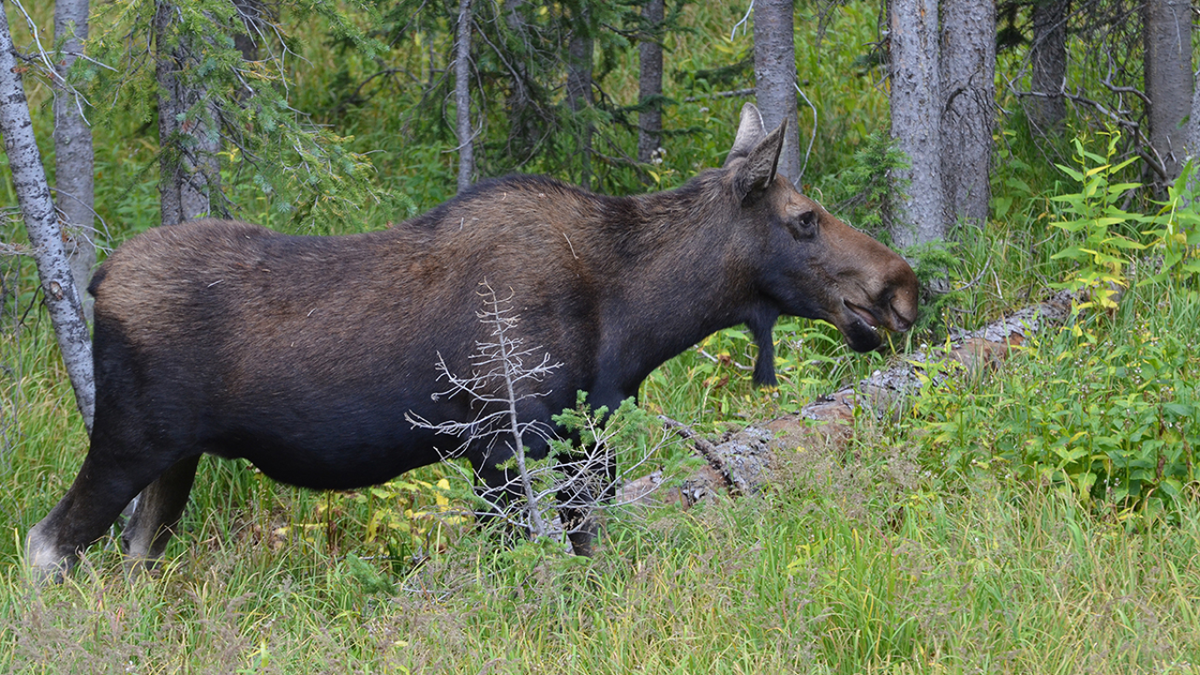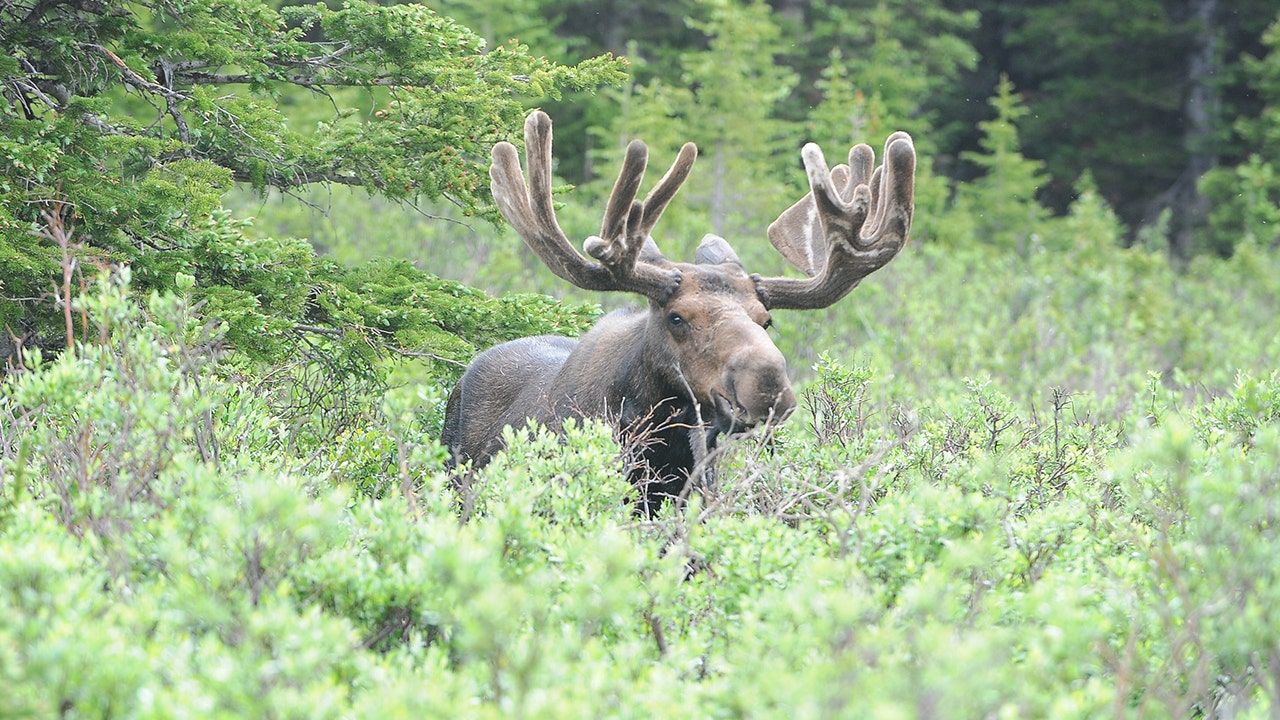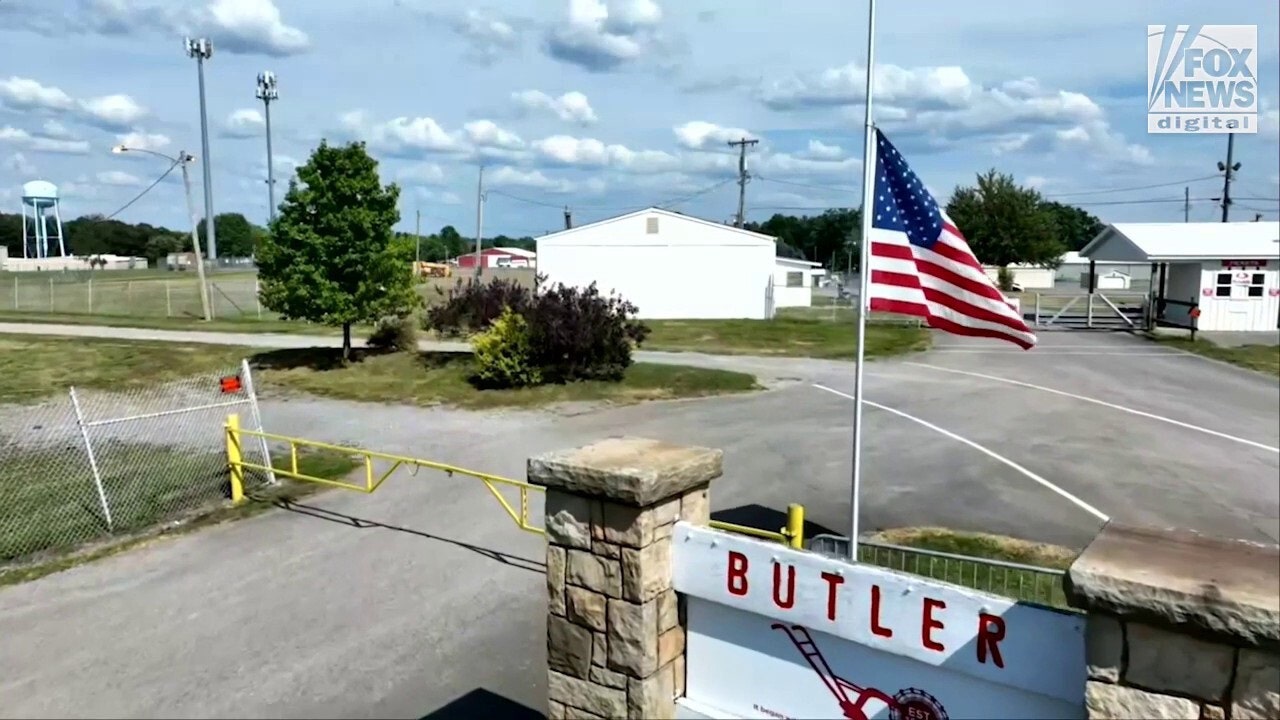An Alaska man's photography outing took a deadly turn when he attempted to take some photos of a pair of newborn moose calves.
Dale Chorman, 70, was charged and kicked to death by a protective mother moose, and later pronounced dead at the scene, while his unnamed companion escaped unharmed.
Austin McDaniel of the Alaska Department of Public Safety stated that “as they were walking through the brush looking for the moose, that's when the moose attacked Dale.”
Moose are not known to be particularly aggressive under normal circumstances, but they are extremely protective of their young if humans get too close.
ALASKA MOOSE CASUALLY ENTER THE HOSPITAL LOBBY: 'IT'S NEVER A BORING MOMENT'
FILE- A moose in the brush. (Steve Nehf/The Denver Post via Getty Images)
The typical female, or cow elk, weighs about 800 pounds, while their male counterparts weigh about 1,600 pounds. Moose are known to employ methods including kicking and stomping in attacks that can prove fatal.
“Elk calving season is the time when you definitely want to give them extra space… Female elk with calves will be some of the most aggressive elk you will come into contact with,” McDaniel said.
ALASKA BEAR CAUGHT Terrorizing a moose and a calf in 'intense' footage: video
Taunting moose or approaching a cow with calves has had dangerous results in the past. In a 1995 incident on the grounds of the University of Alaska in Anchorage, a group of students provoked and harassed a cow moose and her calf for hours by throwing snowballs at them. When a 71-year-old individual who was not involved attempted to walk past the agitated moose, he was trampled to death.

FILE- A Colorado cow moose in the wild. (Wayne D. Lewis/Colorado Parks and Wildlife)
Alaska has a sizable moose population of 200,000, and it is estimated that between 5 and 10 moose attacks occur per year in the state, although they are generally not fatal. Highway collisions with moose are a much more common and serious threat to humans and pose enormous threats to life and property due to their large size.
CLICK TO GET THE FOX NEWS APP
Alaska State Troopers stated in an online post that the moose was no longer present in the area. Moose calving season typically runs from mid-May to mid-June, making it a particularly good time for humans to avoid close contact with the huge ungulates.
The Associated Press contributed to this report.












